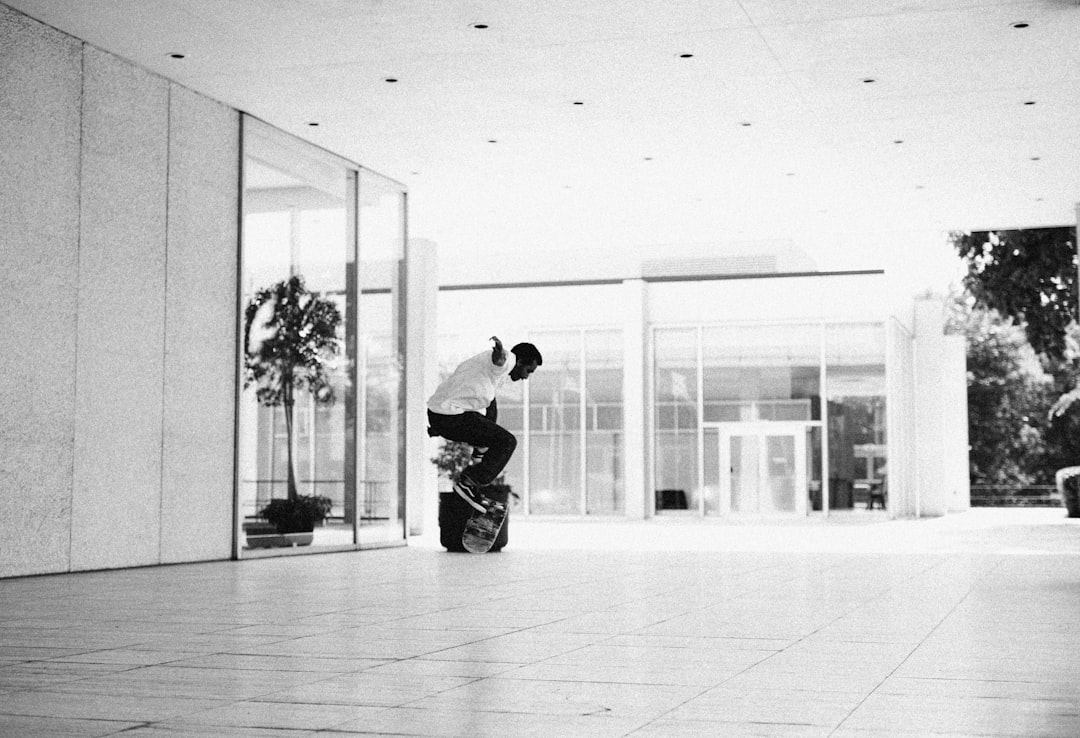No products in the cart.
The Art of Presence in High-Pressure Professional Environments
Learn how mindfulness and present-moment awareness can enhance performance and resilience in high-pressure work environments.
In today’s fastpaced professional world, the pressure to perform can be overwhelming. Whether you’re in a boardroom meeting, a high-stakes negotiation, or managing a project with tight deadlines, the ability to remain present and focused often separates success from failure. This is where the art of presence comes into play, offering a pathway to navigate stress with grace and resilience.
Understanding Mindfulness in the Workplace
Mindfulness, the practice of maintaining a moment-by-moment awareness of our thoughts, feelings, and surroundings, has gained traction as a powerful tool for enhancing mental well-being and performance. In high-pressure environments, the stakes are elevated, and distractions abound. Practicing mindfulness can help individuals ground themselves, allowing for clearer thinking and better decision-making under stress.
Research indicates that mindfulness can significantly reduce anxiety and enhance focus. For instance, a study published in the journal Psychological Science found that individuals who engaged in mindfulness training showed improved cognitive flexibility and emotional regulation [[1]](#ref1). These skills are crucial in high-pressure situations where quick thinking and emotional control are imperative.
Moreover, the incorporation of mindfulness practices within organizational cultures has been linked to better employee well-being and productivity. A 2020 meta-analysis published in Journal of Occupational Health Psychology revealed that workplaces that prioritize mindfulness training see a marked decrease in burnout and an increase in job satisfaction [[2]](#ref2). Such findings underscore the importance of fostering an environment where mindfulness can thrive.
Below are several strategies that professionals can adopt to cultivate presence in their work lives:

Pressure Management Techniques: Strategies for Staying Present
Implementing pressure management techniques can have a profound impact on how individuals respond to stress. Below are several strategies that professionals can adopt to cultivate presence in their work lives:
- Breathing Exercises: Simple breathing techniques can quickly anchor individuals in the present moment. For example, the 4-7-8 technique encourages inhaling for 4 seconds, holding for 7 seconds, and exhaling for 8 seconds, which can help calm the nervous system.
- Focused Attention: During high-stress moments, try concentrating fully on a single task. This can minimize distractions and enhance productivity. Techniques such as the Pomodoro Technique, where work is broken down into intervals, can facilitate focused attention.
- Mindful Movement: Incorporating physical activity into the workday, such as stretching or short walks, can help release tension and refocus the mind. Activities like yoga or tai chi, even in brief sessions, can enhance mental clarity.
- Journaling: Taking a few minutes to jot down thoughts and feelings can provide clarity and reduce anxiety. Reflective journaling helps individuals process experiences and articulate their emotions, fostering a greater understanding of personal responses to stress.
While these techniques are effective individually, their true power lies in their integration into daily routines. Organizations that support such practices can create a culture of resilience and well-being.
The Future of Mindfulness in Professional Settings
As the demand for mental health resources continues to rise, the future of mindfulness in the workplace appears promising. Companies are increasingly recognizing that investing in employee well-being is not just an ethical obligation but also a strategic advantage. Forward-thinking organizations are likely to integrate wellness programs that emphasize mindfulness training, creating environments where individuals feel valued and supported.
Looking ahead, the integration of technology with mindfulness practices is also on the horizon. Apps designed for mindfulness and mental health can provide employees with accessible tools to incorporate mindfulness into their daily lives. With the rise of remote work, such technologies will become vital in helping individuals manage stress, regardless of their work setting.
Furthermore, as more research highlights the benefits of mindfulness, there is potential for greater emphasis on mental health education within professional development programs. Training that includes mindfulness principles could become a staple, equipping employees with skills to navigate the complexities of modern work.
The Future of Mindfulness in Professional Settings As the demand for mental health resources continues to rise, the future of mindfulness in the workplace appears promising.
Ultimately, the art of presence in high-pressure environments is not merely about surviving the demands of work but thriving amidst them. By fostering mindfulness and resilience, both individuals and organizations can navigate challenges with confidence and clarity, paving the way for a healthier, more productive future.











